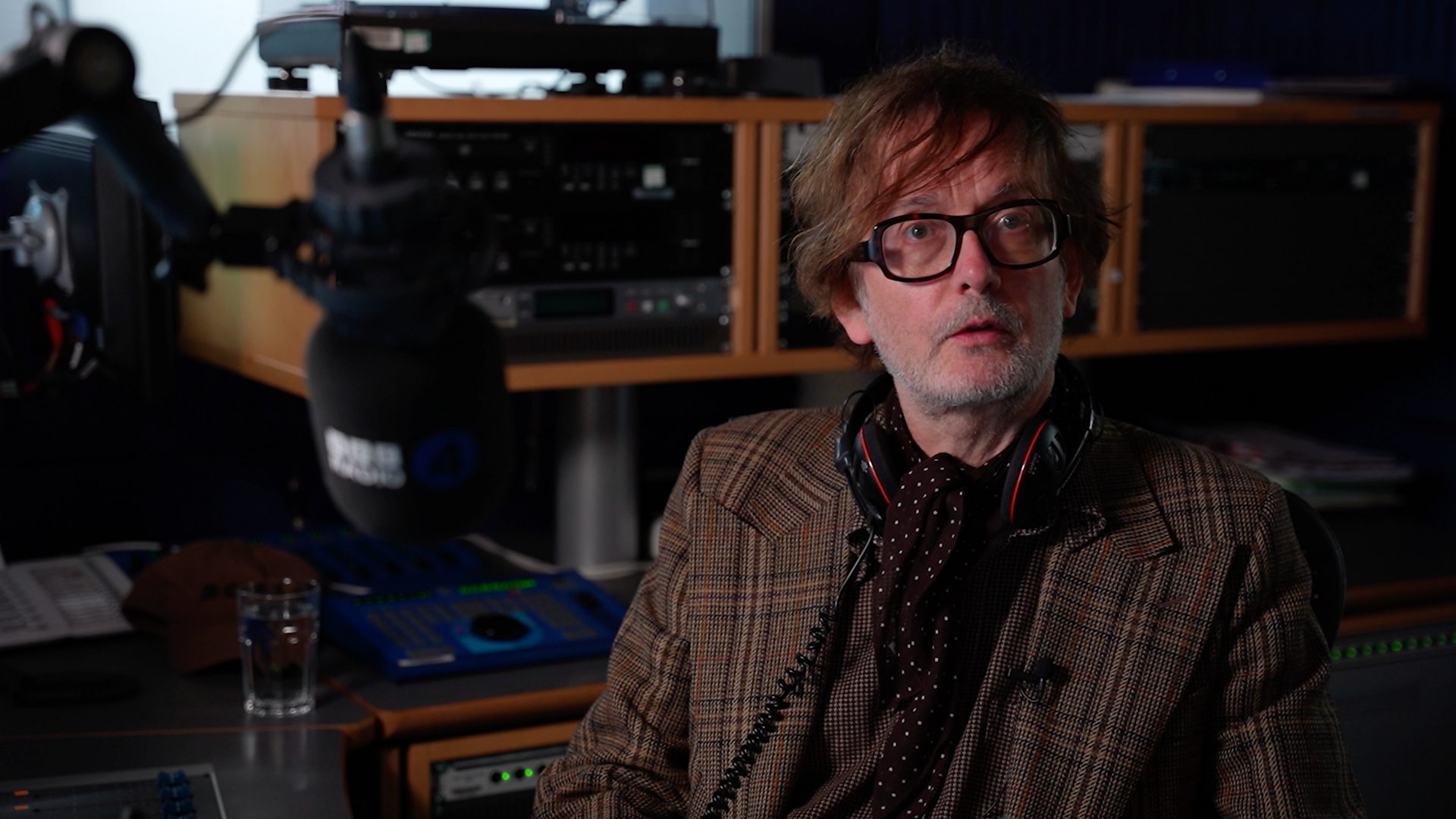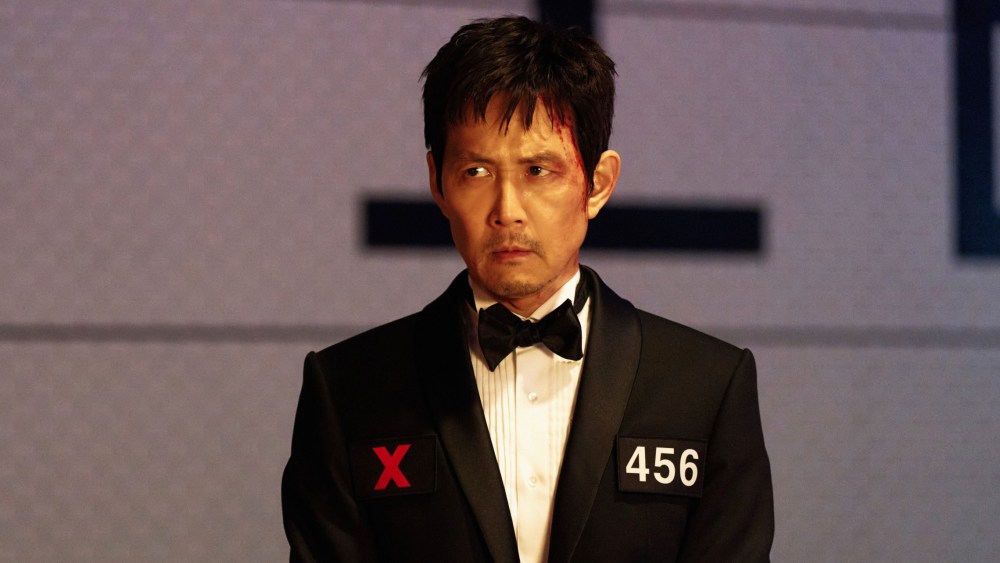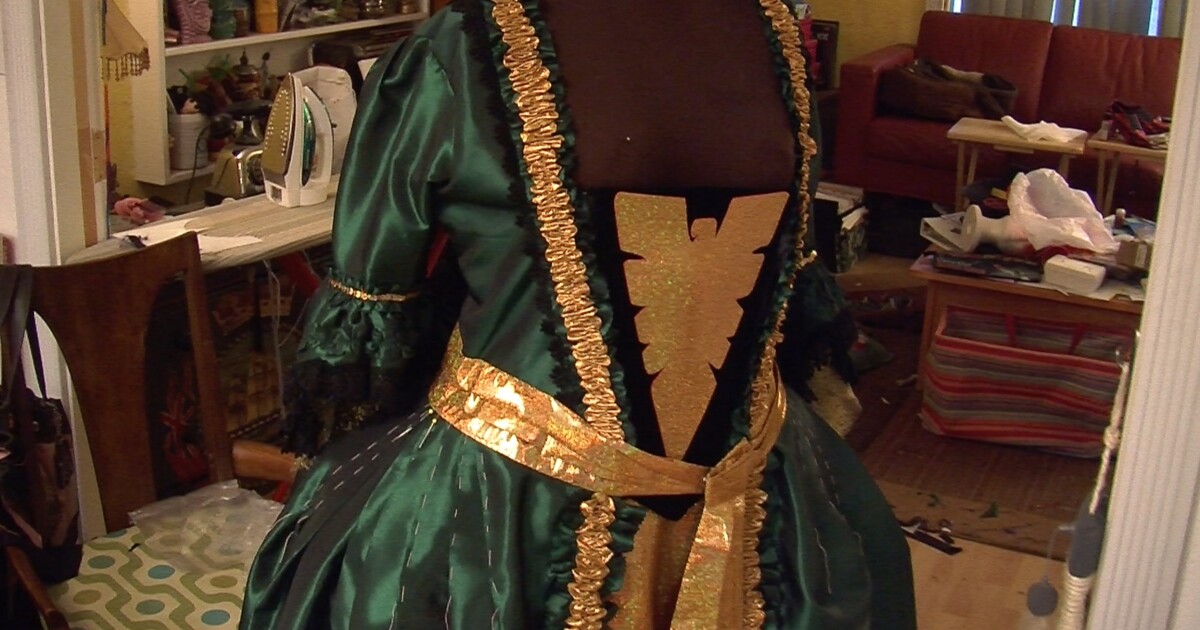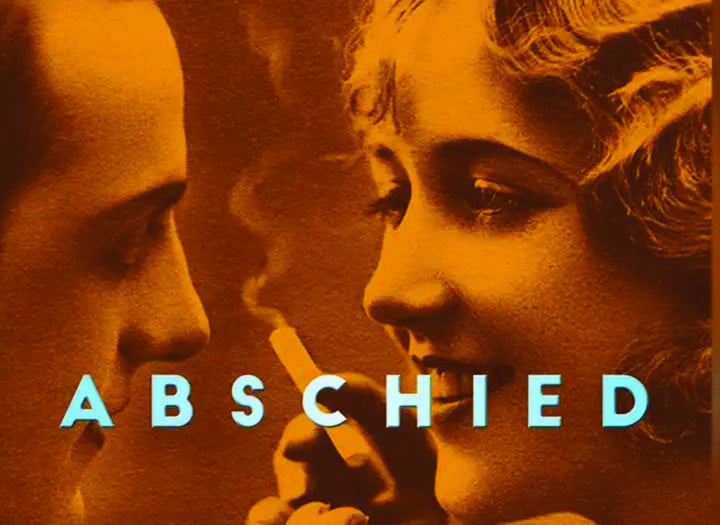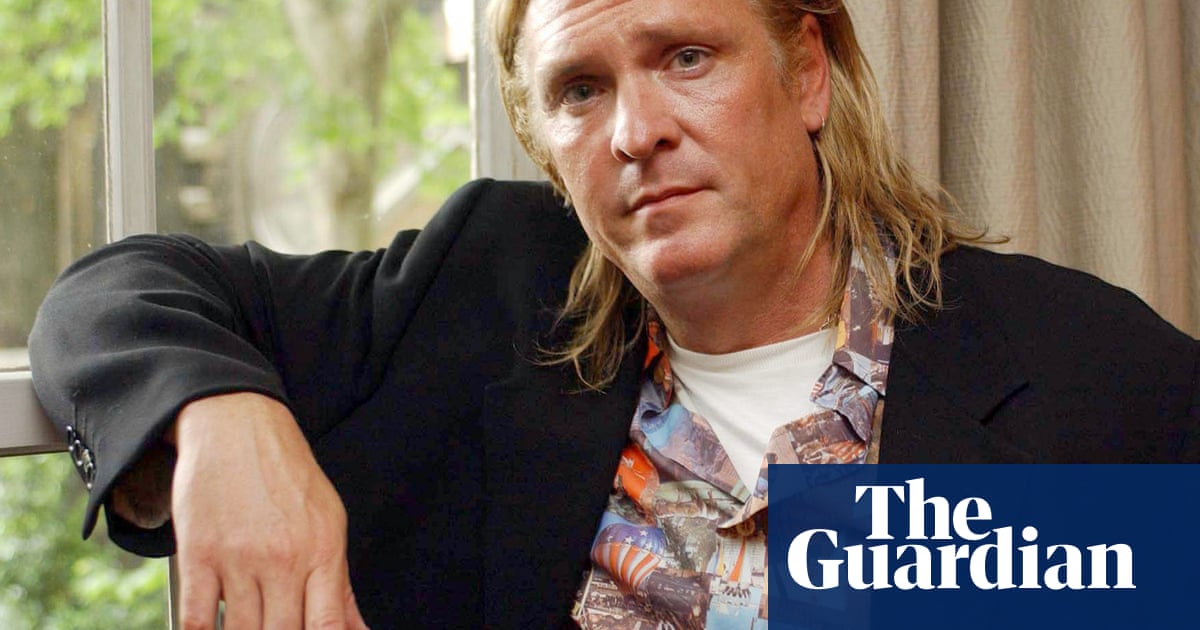Music Correspondent
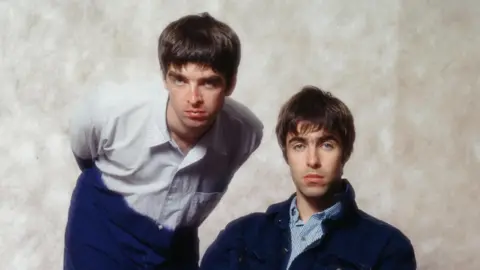 Getty Images
Getty ImagesIt’s the gig that fans have been waiting 5,795 days for, as Oasis kick off their reunion tour at Cardiff’s Principality Stadium on Friday night.
The venue has been hosting soundchecks and rehearsals all week, with passersby treated to snatches of songs such as Cigarettes & Alcohol, Wonderwall and Champagne Supernnova.
“It’s sounding huge,” Noel Gallagher told talkSPORT radio. “This is it, there’s no going back now.”
The Oasis Live ’25 tour was the biggest concert launch ever seen in the UK and Ireland, with more than 10 million fans from 158 countries queuing to buy tickets last summer.

Around 900,000 tickets were sold, but many fans complained when standard standing tickets advertised at £135 plus fees were re-labelled “in demand” and changed on Ticketmaster to £355 plus fees.
The sale prompted an investigation from the Competition and Markets Authority (CMA), which said Ticketmaster may have breached consumer protection law by selling “platinum” tickets for almost 2.5 times the standard price, without explaining they came with no additional benefits.
The CMA ordered Ticketmaster to change the way it labels tickets and reveals prices to fans in the future. Ticketmaster said it “welcomed” the advice.
Still, the debacle has done nothing to dampen the excitement in Cardiff, where fans have arrived from Spain, Peru, Japan, America and elsewhere for the opening night.
“For me, Oasis represents an overwhelming optimism about being young and loving music,” says Jeff Gachini, a fan from Kenya who’s making his first visit to the UK for the show.
“To write simple music that relays the simple truth of life is very difficult. For me, they do that better than anyone.”

 PA Media
PA MediaBrothers Noel and Liam Gallagher will be joined on stage by Gem Archer, Paul “Bonehead” Arthurs and Andy Bell, all former members of Oasis, alongside drummer Joey Waronker, who has previously recorded with Beck and REM; and toured with Liam.
The band will also be augmented by a brass section, and backing singer Jess Greenfield, who is part of Noel’s side project the High Flying Birds.
Meanwhile, rumours about the setlist have been swirling all week, as Oasis songs echoed around the Principality Stadium.
One purported running order that was leaked to Reddit suggested the band would open with Hello and finish with Champagne Supernova, with other highlights including Acquiesece, Roll With It, Live Forever and Supersonic.
Noel is also expected to take lead vocals twice during the show, on short sets including songs such as Half The World Away and The Masterplan.
Britain’s biggest band
Oasis were the biggest band in Britain from 1994 to 1997, selling tens of millions of copies of their first three albums Definitely Maybe, (What’s The Story) Morning Glory and Be Here Now.
Liam’s sneering vocals and Noel’s distorted guitars brought a rock and roll swagger back to the charts, revitalising British guitar music after an influx of self-serious Seattle grunge.
Born and raised in Manchester, they formed the band to escape the dead-end mundanity of their working class backgrounds.
“In Manchester you either became a musician, a footballer, a drugs dealer or work in a factory. And there aren’t a lot of factories left, you know?” Noel Gallagher once said.
“We didn’t start in university or anything like this. We’re not a collection of friends that kind of come together and discuss things musically.
“We started the group… because we were all on the dole and we were unemployed and we rehearsed and we thought we were pretty good.”
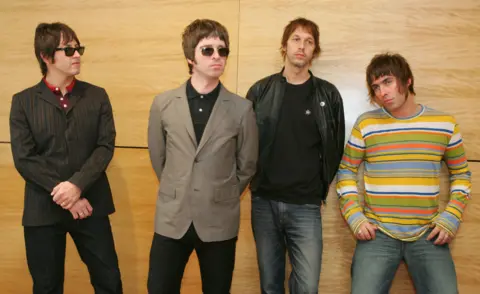 Reuters
ReutersOasis was originally Liam’s band, performing under the name The Rain. But after watching them live, Noel offered to join – on the condition that he became chief songwriter and de facto leader.
That fait accompli brought them worldwide fame, culminating in two open-air gigs at Knebworth House in summer 1996.
Nearly five per cent of the UK population applied for tickets, with a then-record 125,000 people watching the band top a line-up that also included The Prodigy, Manic Street Preachers, Ocean Colour Scene, The Chemical Brothers, The Charlatans and a Beatles tribute.
But festering tension between the Gallagher brothers often spilled over into verbal and physical violence.
Backstage at a gig in Barcelona in 2000, for example, Noel attacked Liam after he questioned the legitimacy of his eldest daughter. The guitarist walked out for the rest of the European tour, leaving the band to continue with a stand-in.
Although they repaired the relationship, the insults and in-fighting continued until 28 August, 2009, when Oasis split up minutes before they took the stage at the Rock en Seine festival in Paris.
“People will write and say what they like, but I simply could not go on working with Liam a day longer,” Noel wrote in a statement at the time.
He would later recount a backstage argument in which his younger brother grabbed his guitar and started “wielding it like an axe”, adding, “he nearly took my face off with it”.
 PA Media
PA MediaSince then, they’ve pursued successful solo careers, while constantly fielding questions about an Oasis reunion.
Liam called the idea “inevitable” in 2020, and said the band should reform to support NHS workers during the Covid-19 pandemic. However, he said his brother had spurned the idea, despite a lucrative offer from promoters.
“There was a lot of money knocking about,” he told ITV’s Jonathan Ross Show. “It was £100 million to do a tour.
“But [Noel] isn’t into it. He’s after a knighthood, isn’t he?”
The reconciliation took another five years and, with neither of the Gallaghers consenting to an interview, it’s hard to know what informed their decision to get back together.
Tabloid newspapers suggested that Noel’s divorce from Sara McDonald in 2022 led to a thaw in relations. Others have suggested the brothers simply wanted the Oasis story to have a more satisfactory conclusion than a dressing room bust-up.
“I’ve heard everything is honky dory and they’re getting on great,” says Tim Abbott, former managing director of Oasis’s record label, Creation.
“I’ve worked with bands in the past that had separate limos, separate walkways onto the stage. I don’t think they’ll get to that. They’re grown men.”
 Getty Images
Getty ImagesWhatever sparked the reunion, the sold-out tour will see the band play 41 shows between July and November, spanning the UK & Ireland, North America, Oceania and South America.
“Probably the biggest and most pleasing surprise of the reunion announcement is how huge it was internationally,” said Oasis’s co-manager Alec McKinlay in an interview with Music Week.
“Honestly, we knew it would be big here, and that doesn’t take much intuition. But looking outside the UK, we knew they had a strong fanbase, we did all the stats.
“We were quite cautious about what that would mean when it came to people actually buying tickets but we were just bowled over by how huge it was.”
McKinlay added that the band had no plans for new music, and described the tour as their “last time around”.
They take to the stage for the first time in 16 years at 20:15 UK time on Friday night.
Shunning the usual rock and roll trappings, Noel Gallagher was spotted arriving for the show by train.



